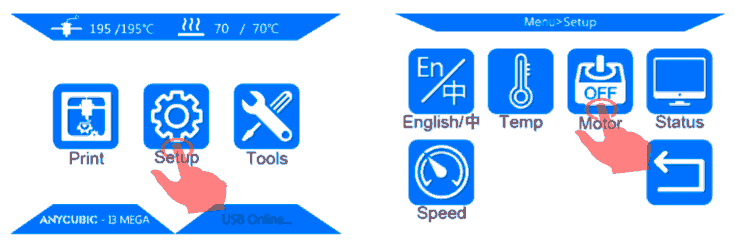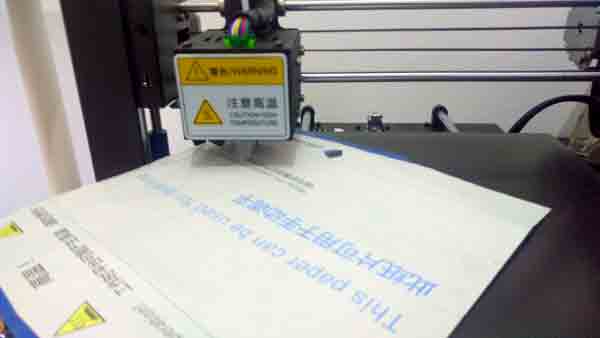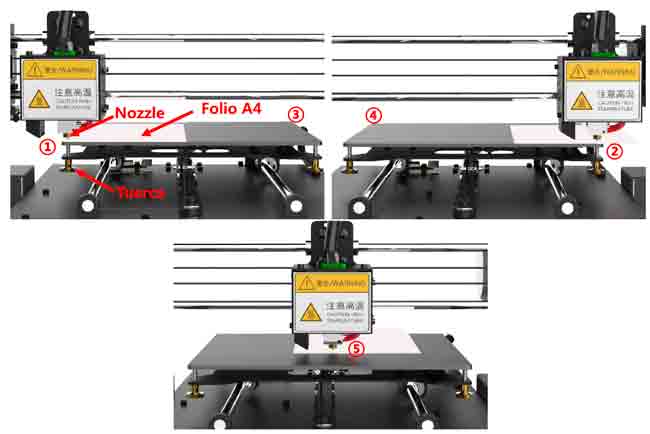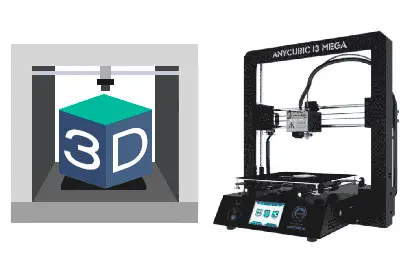We continue with the first entries of the 3D printing section, dedicated to the assembly and start-up of the Anycubic i3 Mega. In the first entry, we saw the review of this great printer in the range of 200-300€ and in the previous entry, we saw the assembly of the printer.
In this post, we are going to see the calibration of the print bed, a process that normally haunts the owners of domestic 3D printers. But… wait. Didn’t we say that the Anycubic i3 Mega didn’t need calibration? Well, in general, it’s ALMOST like that, and it is precisely one of its strong points.
However, logically, as soon as we assemble it, we will have to adjust the bed, because who knows how it has been regulated. We will also have to repeat this process if we move it, or if we hit it or something like that.
Even so, we will not be exempt from calibrating it periodically, because it will inevitably become misaligned from time to time due to temperature changes, vibrations, etc.
When we suspect that there may be some misalignment, we must calibrate the machine. Something that we will detect, normally, due to problems in the first layer of the prints (lack of adhesion, parts that come off or warp).
But on the Anycubic i3 Mega, it is a process that has to be done with much less frequency than on other machines in a similar range, we can go months without having to calibrate it. In addition, the calibration process is really simple and quick, as we will see below.
Calibrating the Anycubic i3 Mega
To calibrate, we will have to touch the bed with the extrusion nozzle at several points and adjust its height with the screws under it.
If we have already used the printer, first, we must make sure that there are no plastic remains from previous prints on the nozzle. If so, we must remove them, for which we will probably have to preheat the nozzle and remove the excess plastic.
IF we have the extruder clean, or it is the first time we calibrate it, we can start with the calibration. The first thing to do is to put the nozzle in the correct position. To do this, we enter the “Tools/Home” menu and press “Home All”. The nozzle will move to the initial position.

To do the calibration process, we will have to move the carriage by hand. Moving the motor manually is not a good habit, we could even damage the electronics. So before, we must disconnect the motors. To do this, we press “Tools/Motor OFF”.

We have to leave the nozzle at a distance of approximately 0.2mm from the bed. How do we measure 0.2mm? Well, because it is approximately the thickness of a paper. We can use the paper that comes with the printer and, by the way, we can also use it to cover the bed when we are not using it and prevent it from getting dusty.
So we put the paper between the nozzle and the bed, and use the screw under the bed to adjust the height of the bed until it touches the paper.

How do we know that the height is correct? Well, when we notice that the paper starts to touch the nozzle. Not when it is loose and we don’t notice the contact when moving the paper. Not when the nozzle “grabs” the paper and we feel that it is applying force. It is right at the moment when we notice that it starts to touch.
We repeat this process for the four corners of the bed, moving the nozzle and the bed with our hand gently. Finally, we adjust the central point of the bed, which is also the most important since most of the parts will be printed around that area.

That’s how simple it is! It’s a process that takes a few seconds, once we get used to it. In addition, with minimal modifications, it is possible to make it self-calibrating by adding a BT Touch probe, which also corrects any lack of fullness in the bed.
But we will see the self-calibration in future entries about possible upgrades to the Anycubic i3 Mega. See you soon!
